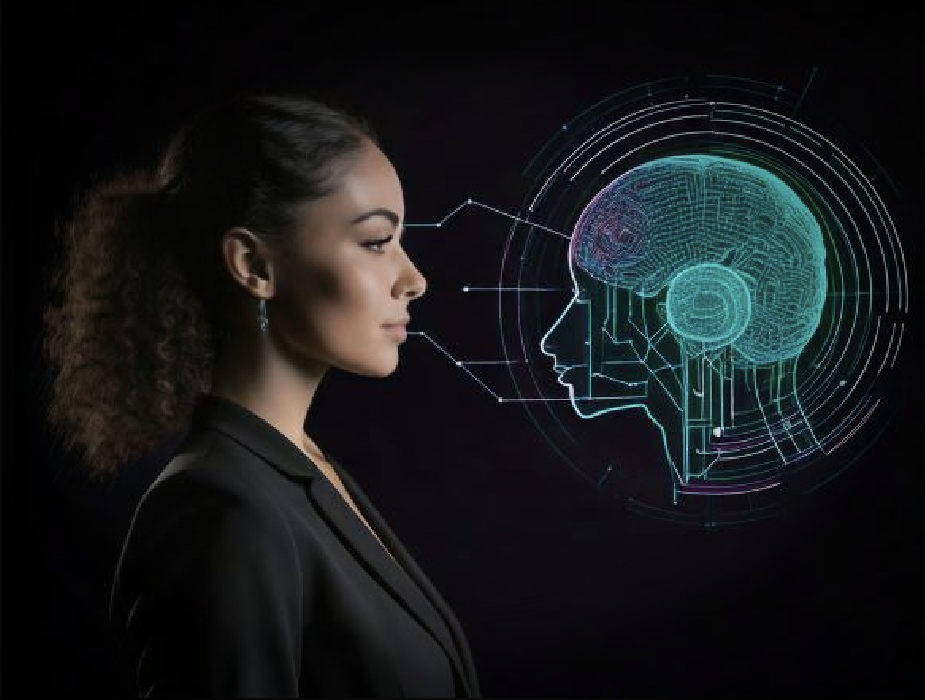AI is the tool that enables businesses to navigate a landscape of increasing regulatory demands and complex compliance requirements and enhance their compliance programs. This technology can process vast amounts of data with remarkable efficiency, identify anomalies, and flag potential risks in real-time.
Such capabilities significantly bolster a company’s ability to detect and address compliance issues promptly. However, it’s crucial to understand that technology alone cannot ensure complete compliance. Human oversight and ethical judgment are essential for making well-rounded decisions that adhere to legal standards, particularly in complex or nuanced cases.
This article explores how companies can effectively balance the integration of AI with human decision-making in their compliance programs. By doing so, organizations can maintain accountability, uphold ethical standards, and ensure legal adherence throughout their operations.
The synergy between artificial intelligence and human insight can create a more robust compliance framework, enabling companies to respond dynamically to regulatory changes while also considering the moral implications of their decisions.
AI can analyze patterns and trends in compliance data that might be imperceptible to human analysts. For instance, it can quickly highlight discrepancies in financial reports or flag unusual transaction patterns that could indicate potential fraud or regulatory breaches.
This not only enhances efficiency but also allows compliance teams to focus on higher-level strategic analysis rather than getting bogged down by routine data processing tasks.
Nonetheless, the role of human expertise remains irreplaceable. Compliance often involves navigating complex legal landscapes, and technology may struggle to interpret the nuances of specific regulations or ethical considerations. Thus, while AI can provide invaluable support in data handling and risk assessment, final decisions should involve human judgment to ensure a comprehensive approach to compliance.
Moreover, fostering a culture of accountability is crucial. Companies must ensure there is a clear understanding of the roles and responsibilities of both technology and human personnel within compliance programs. Regular training and updates on ethical practices and regulatory requirements will further equip employees to work effectively alongside AI systems.
In conclusion, the integration of artificial intelligence into compliance programs offers immense potential for efficiency and accuracy. However, to navigate the complexities of compliance effectively, companies must prioritize a balanced approach that values both technological capabilities and human judgment, ensuring their compliance efforts are both effective and ethically sound.






